The Andalusian city of Málaga, known as ‘the capital of Costa del Sol’, is easily one of Spain’s most popular tourist destinations. I’ve known about this city for as long as I can remember as several of my friends have been there, some more than once. But it just never captured my interest. I’m not much of a vacation person, in fact I have a hard time thinking of anything more boring than laying by a pool or on a beach all day long. I love backpacking around the world, and Málaga never seemed like the right destination for that type of travelling.
But during my summer travels through Southern Europe, I ended up there anyways. I had decided to visit the two Spanish exclaves in North Africa, Ceuta and Melilla, of which the latter can be reached by ferry from Málaga. And it just so happens that I had about 24 hours in Málaga in between Nice and Melilla, so of course I was going to give the city a chance!
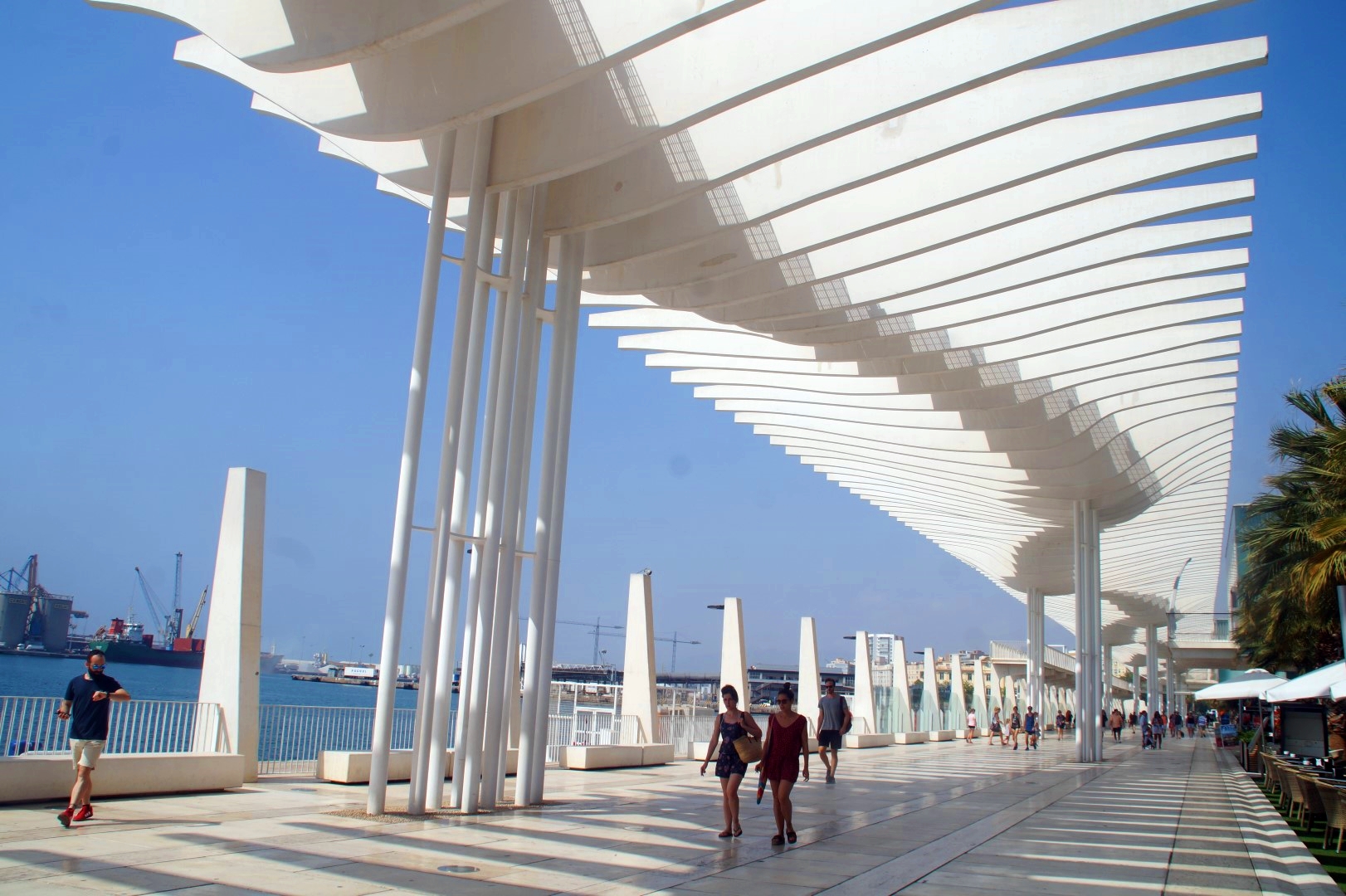
I arrived late in the evening and stayed overnight at Feel Hostels Soho Málaga, which, despite a lack of aircondition and wifi in the room, was a very nice experience. I had a bed in a secluded spot, which was much needed after nights spent in overcrowded hostels and busses.
The next morning, I went to Parque de Málaga to eat my breakfast. Chilling in parks is one of my favourite things to do when travelling solo, especially if I can find a secluded bench so I can be alone with my own thoughts. It’s so meditative!

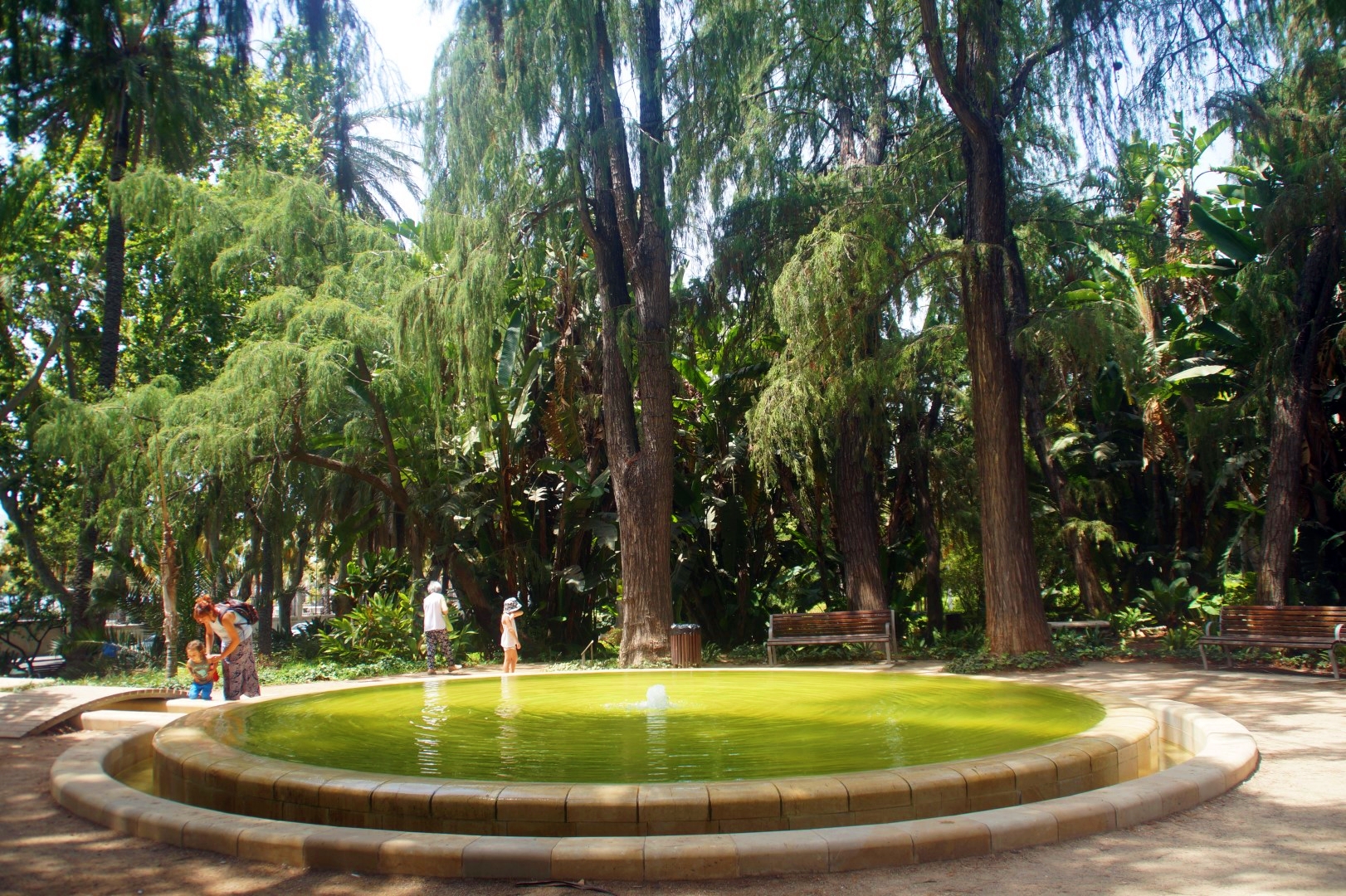
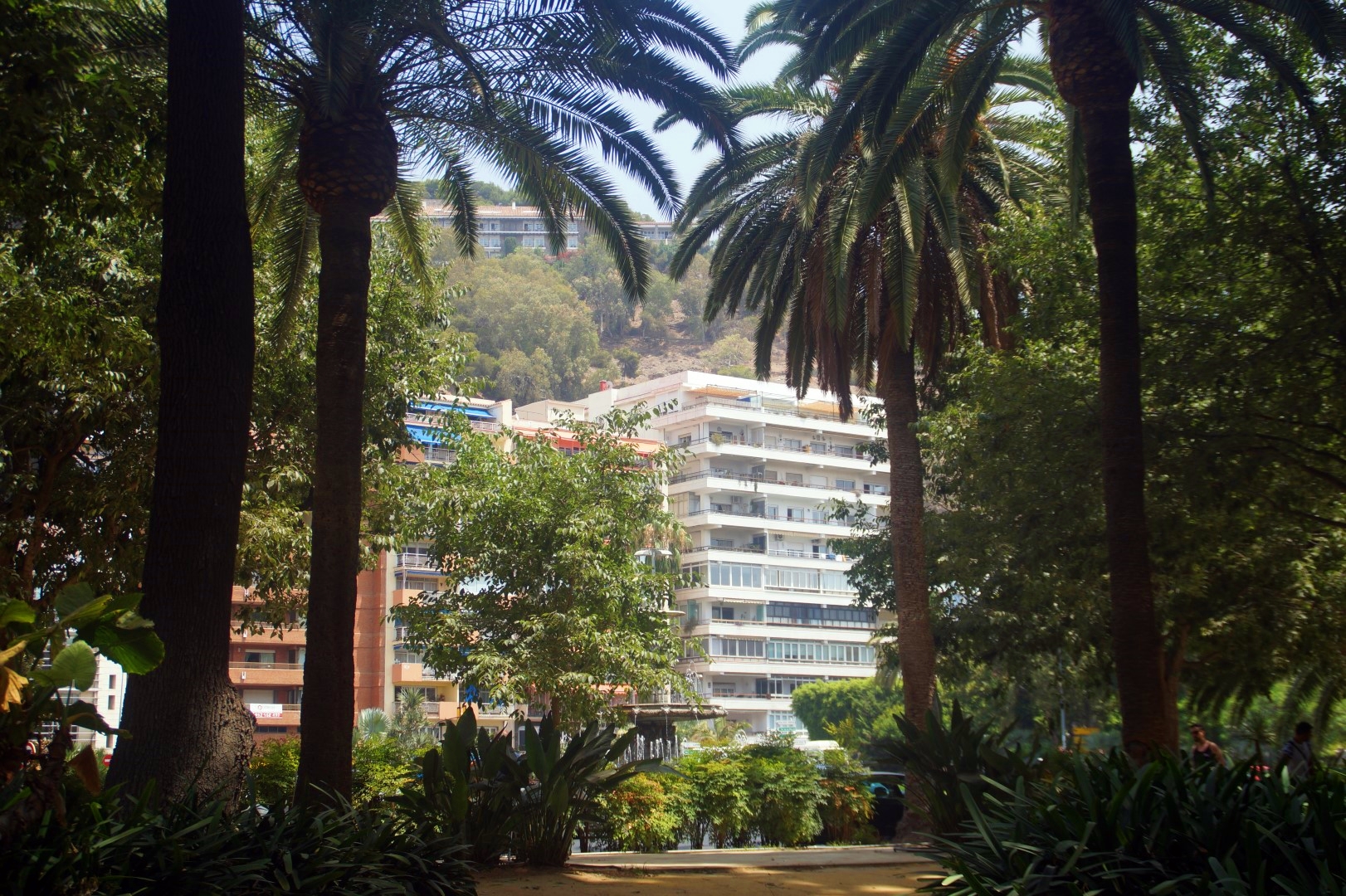
But as much as I wanted to, I couldn’t stay there all day as I had a city to explore; so I headed on towards Playa de la Malagueta, a man made beach close to the center, which is a popular place for the 6 million tourists that visit Málaga every year. I was there in the middle of the high season and there were SO MANY PEOPLE. Why did I do that to myself?
I didn’t stay for long as the beach is just a beach, nothing special, so I quickly decided to head to Castello de Gibralfaro, Málaga’s most famous sight.


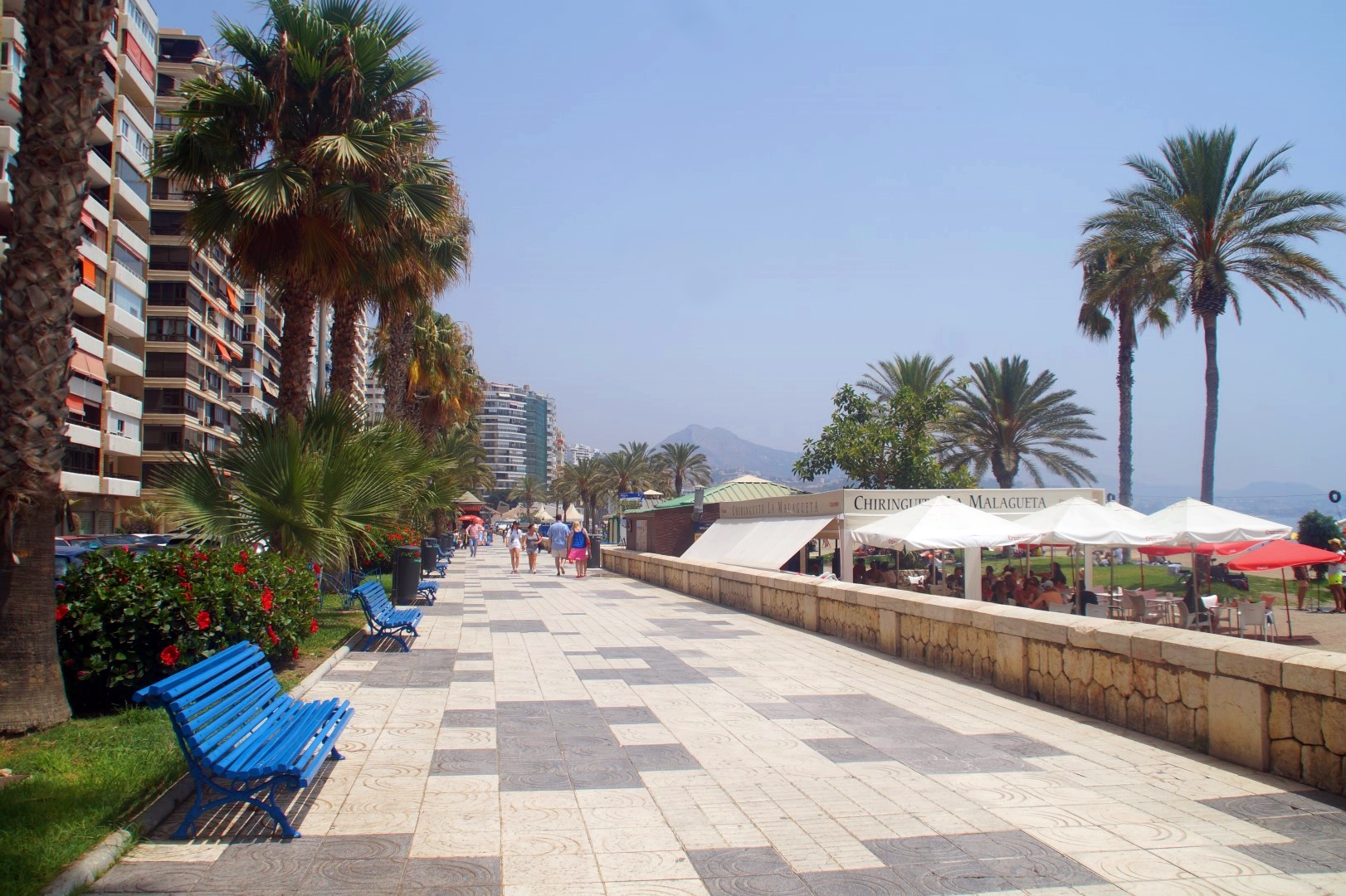
The 130 m high Mount Gibralfaro has been the site of fortifications since the Phoenician foundation of Málaga in the early 8th century BC. The remains that stand today are primarily the results of expansions built in the early 14th century AD by Yusuf I of the Emirate of Granada. The castle is most known for a four-month siege in 1487 by the Catholic monarchs, King Ferdinand and Queen Isabella, which continued until hunger forced the Malagueños to surrender, ending the muslim rule over Málaga.
A popular walk leads up hundreds of steps to the castle, offering panoramic views of the city along the way. It doesn’t look like much from below, but climbing those steps in the intense heat was tough. It was the middle of the day so the sun was burning. It took me a while as I had to stop for water and rests in the shade all the time, but once I got up there, I was rewarded with the best views of Málaga.

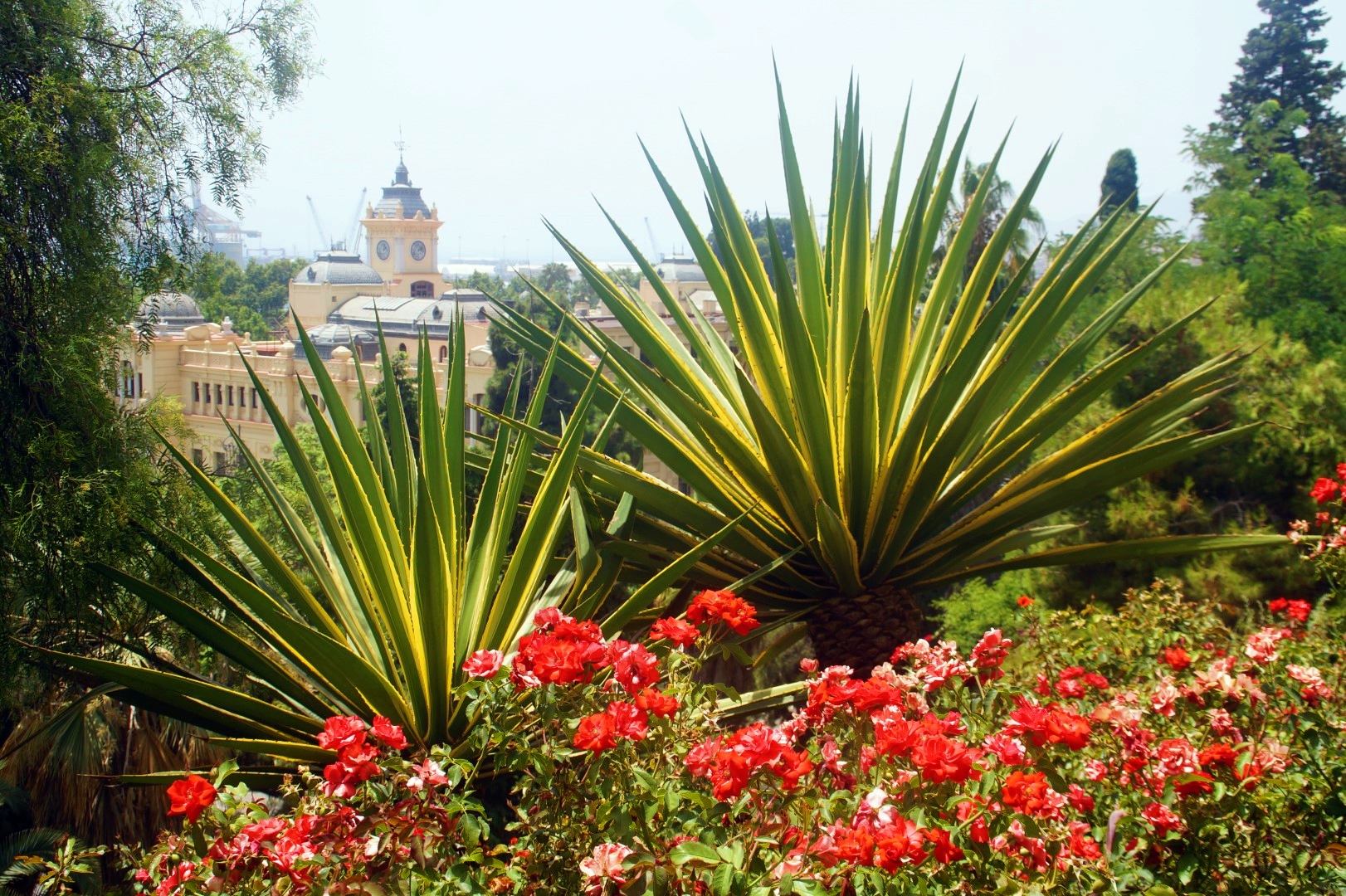
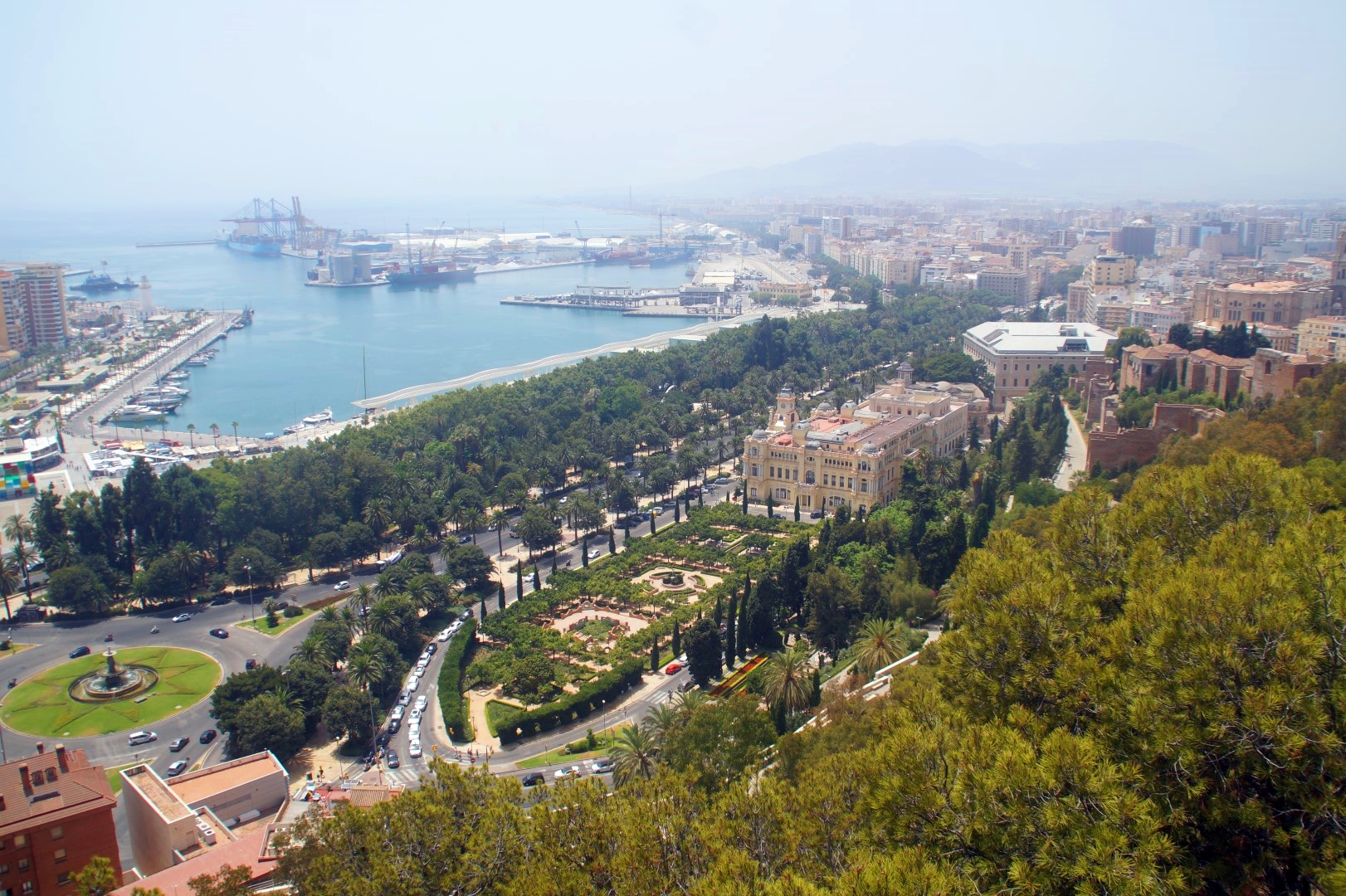


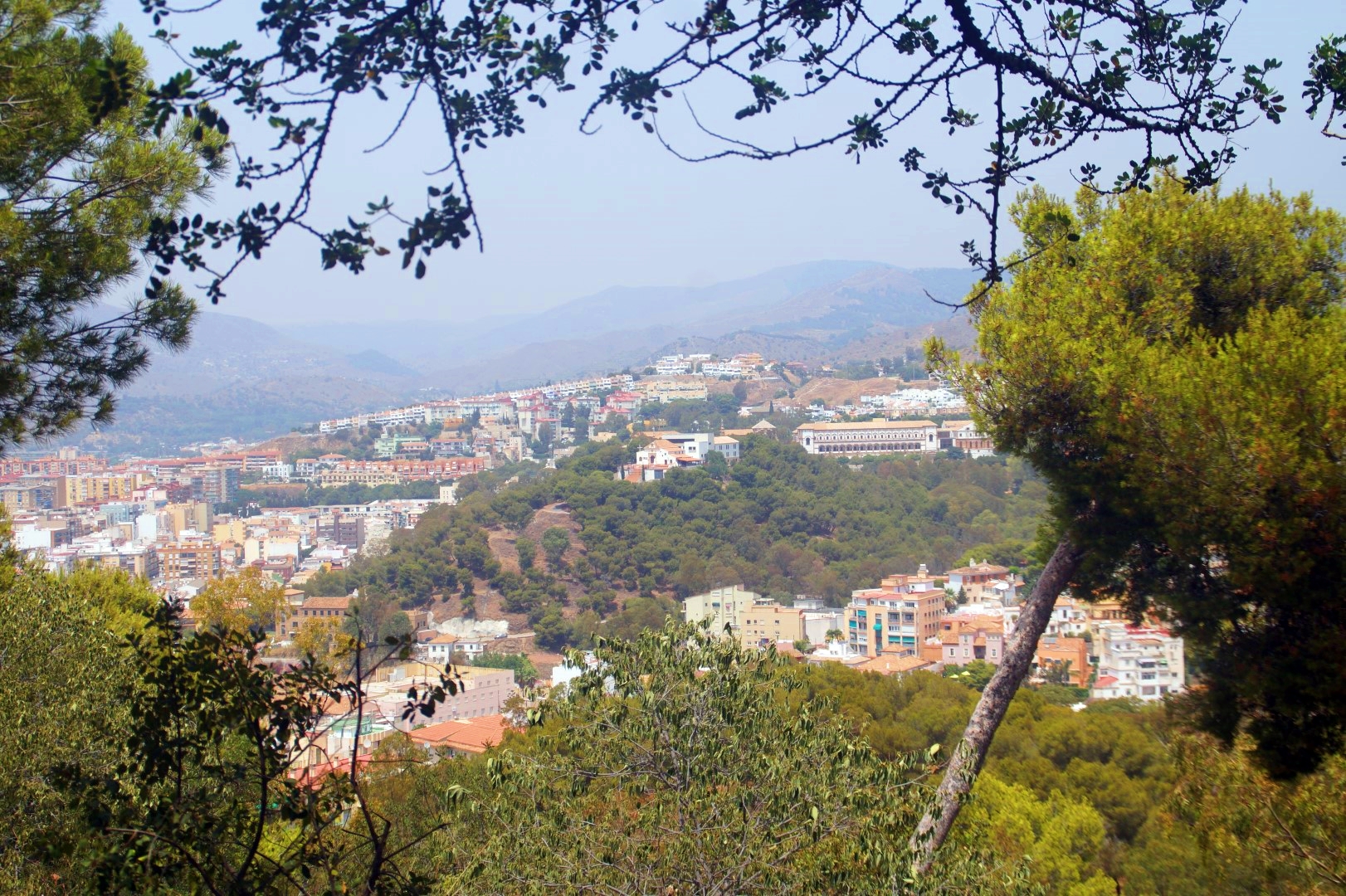
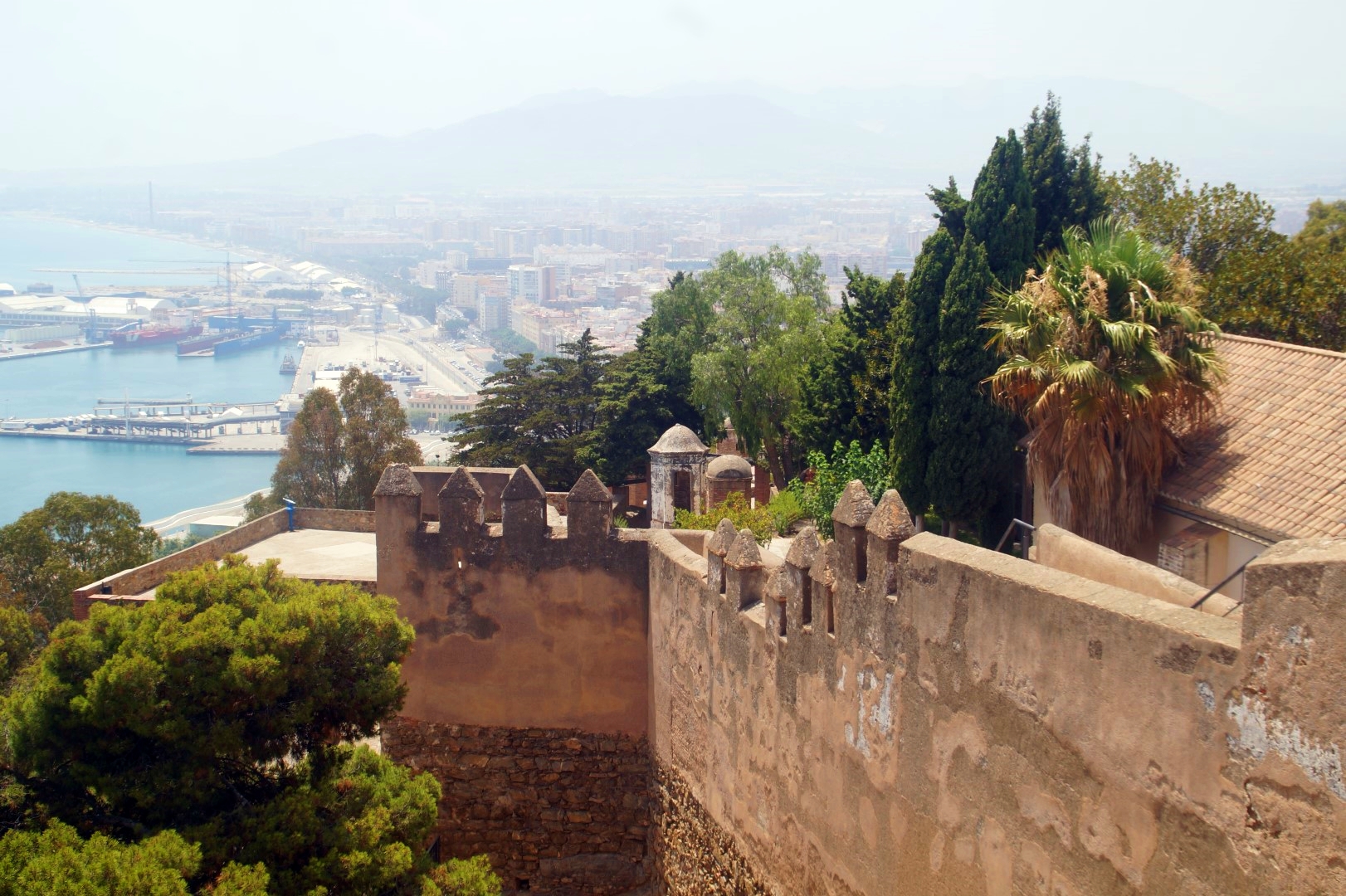
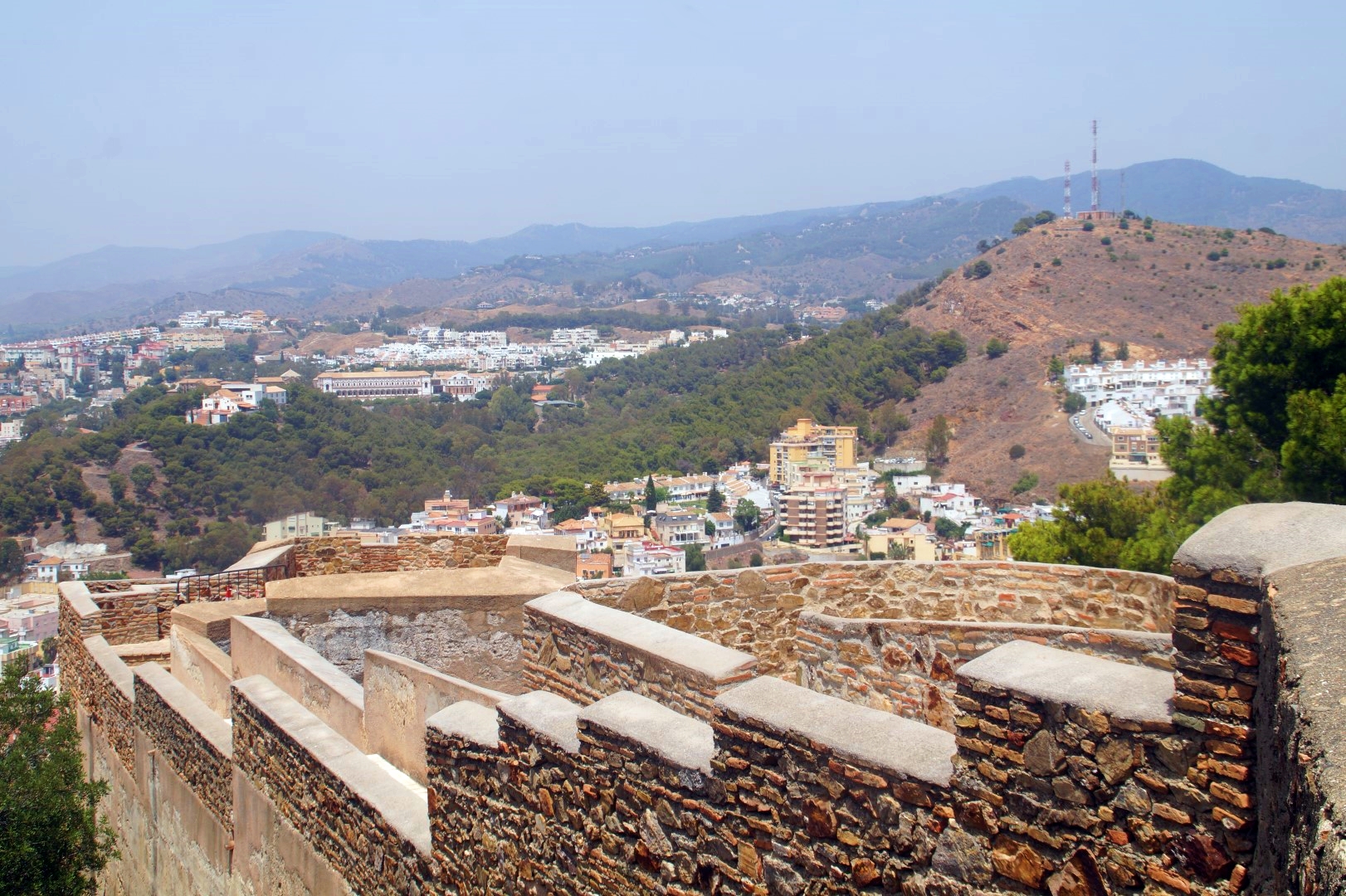
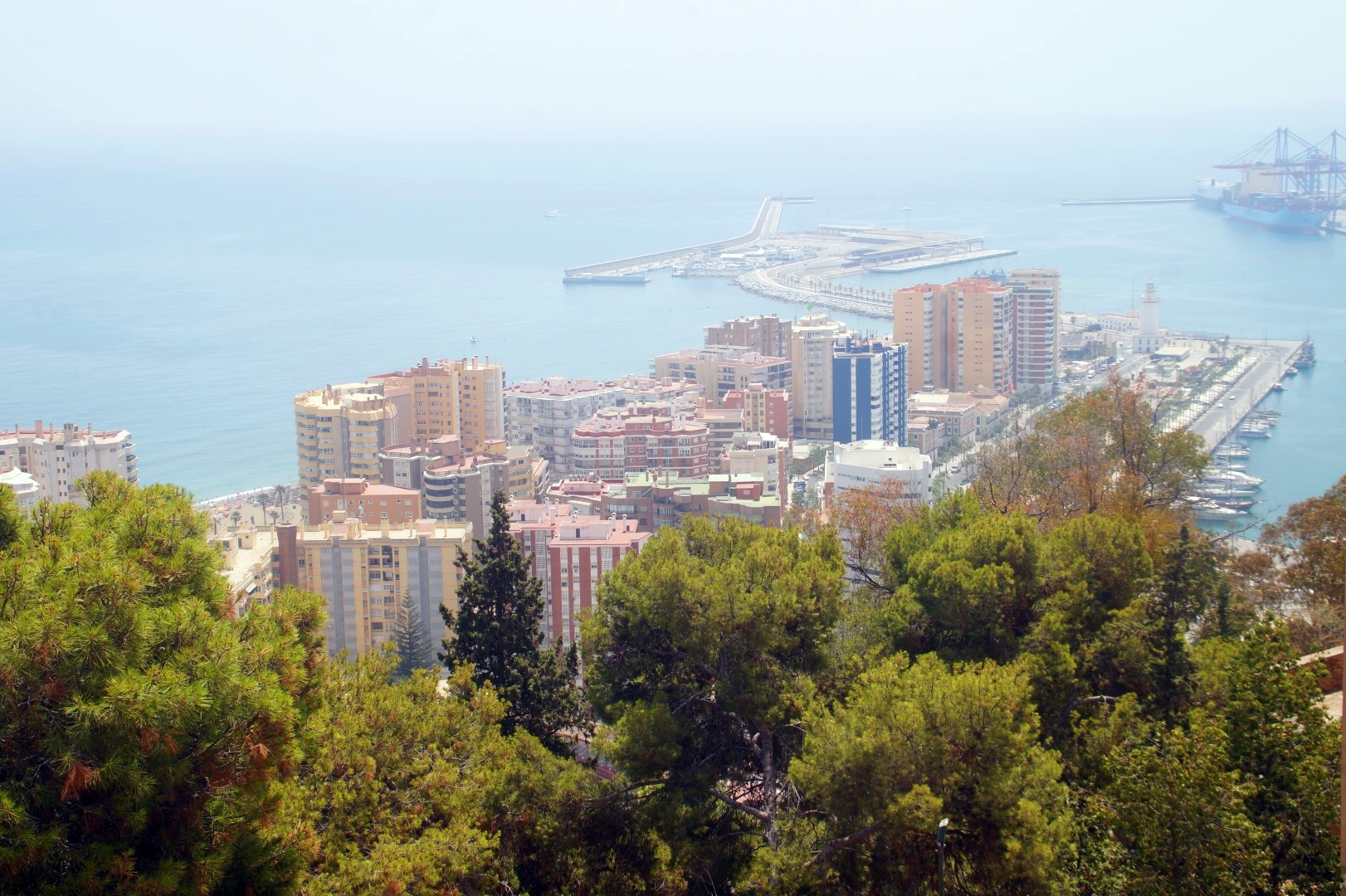
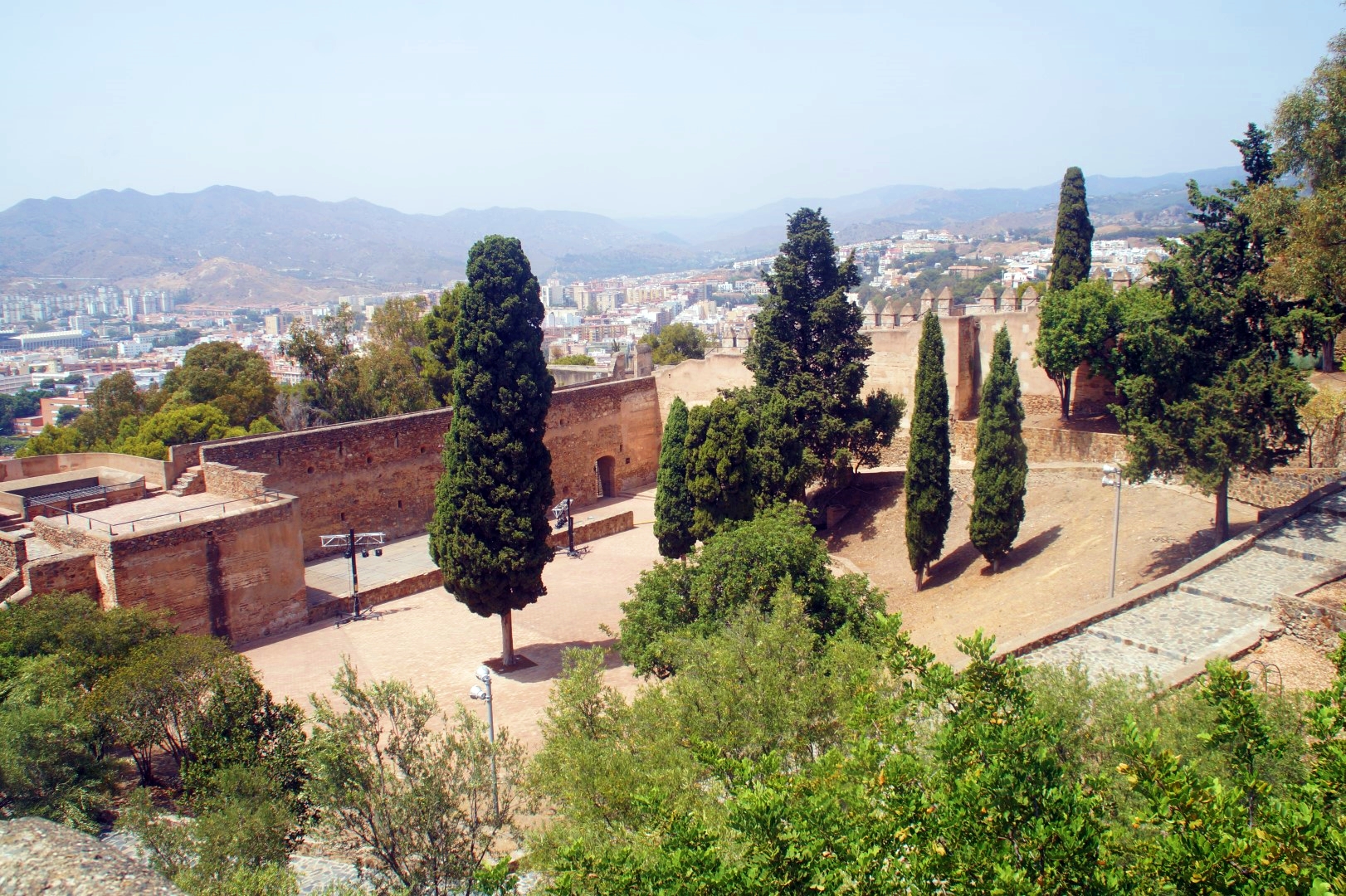

I wandered around all corners of the castle taking in the pretty views of the misty city before heading back down to the Alcazaba, a palatial fortification built by the muslim Hammudid dynasty in the early 11th century AD, and the best-preserved of its kind in Spain.
I enjoyed this place a lot because of its beautiful architecture that reminded me of the amazing Persian architecture I’d seen previously in Iran and Azerbaijan.
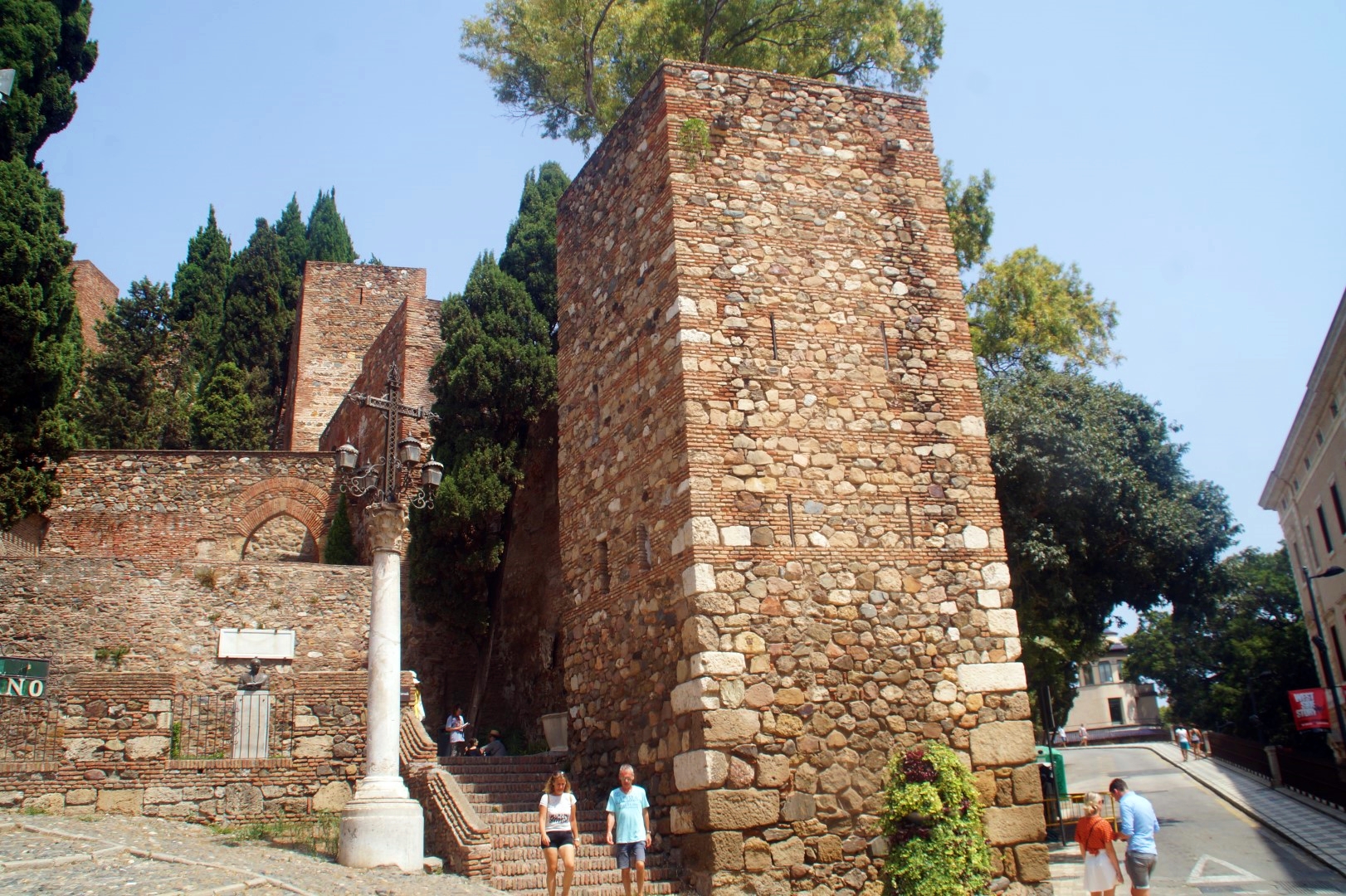
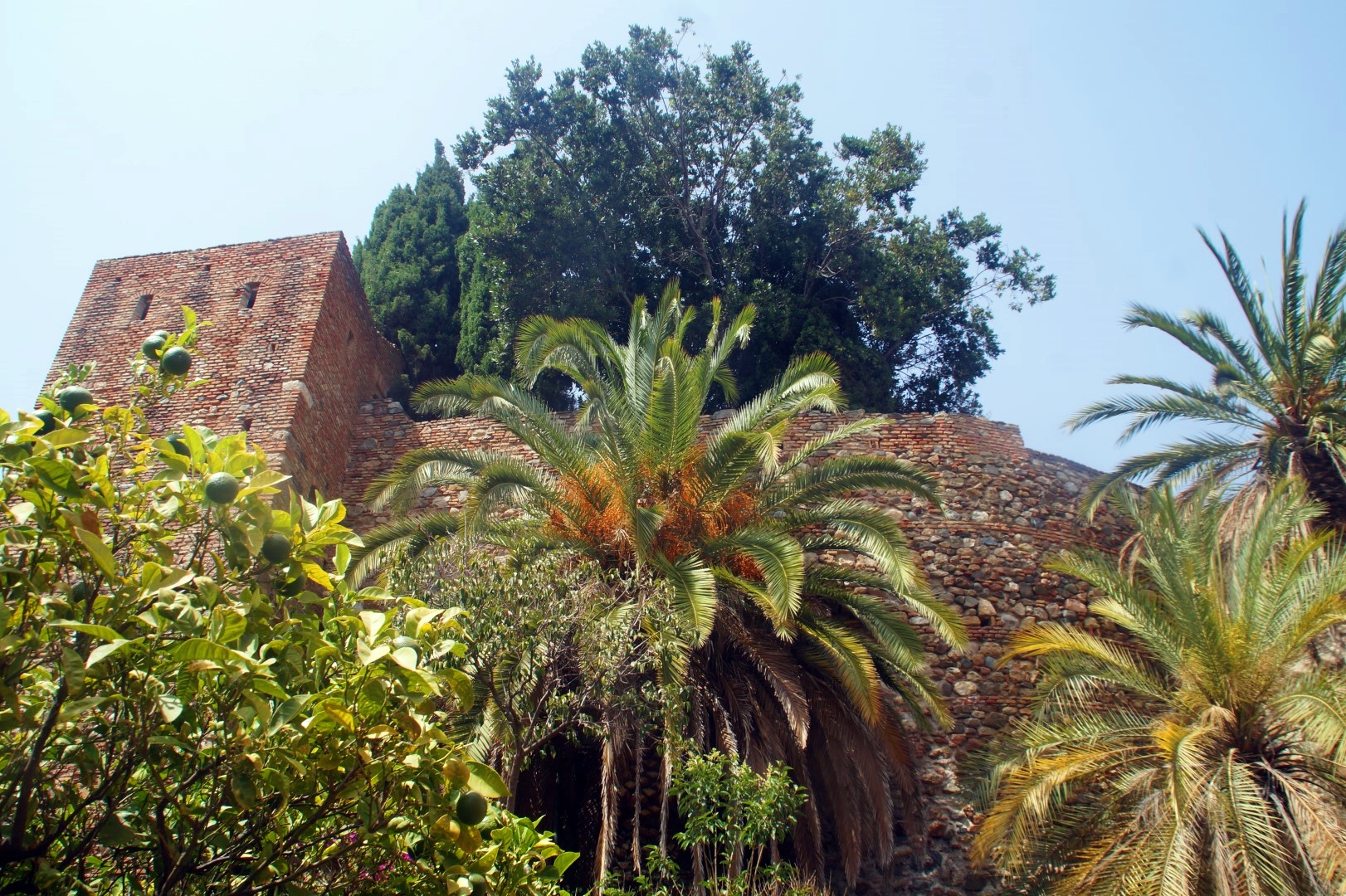

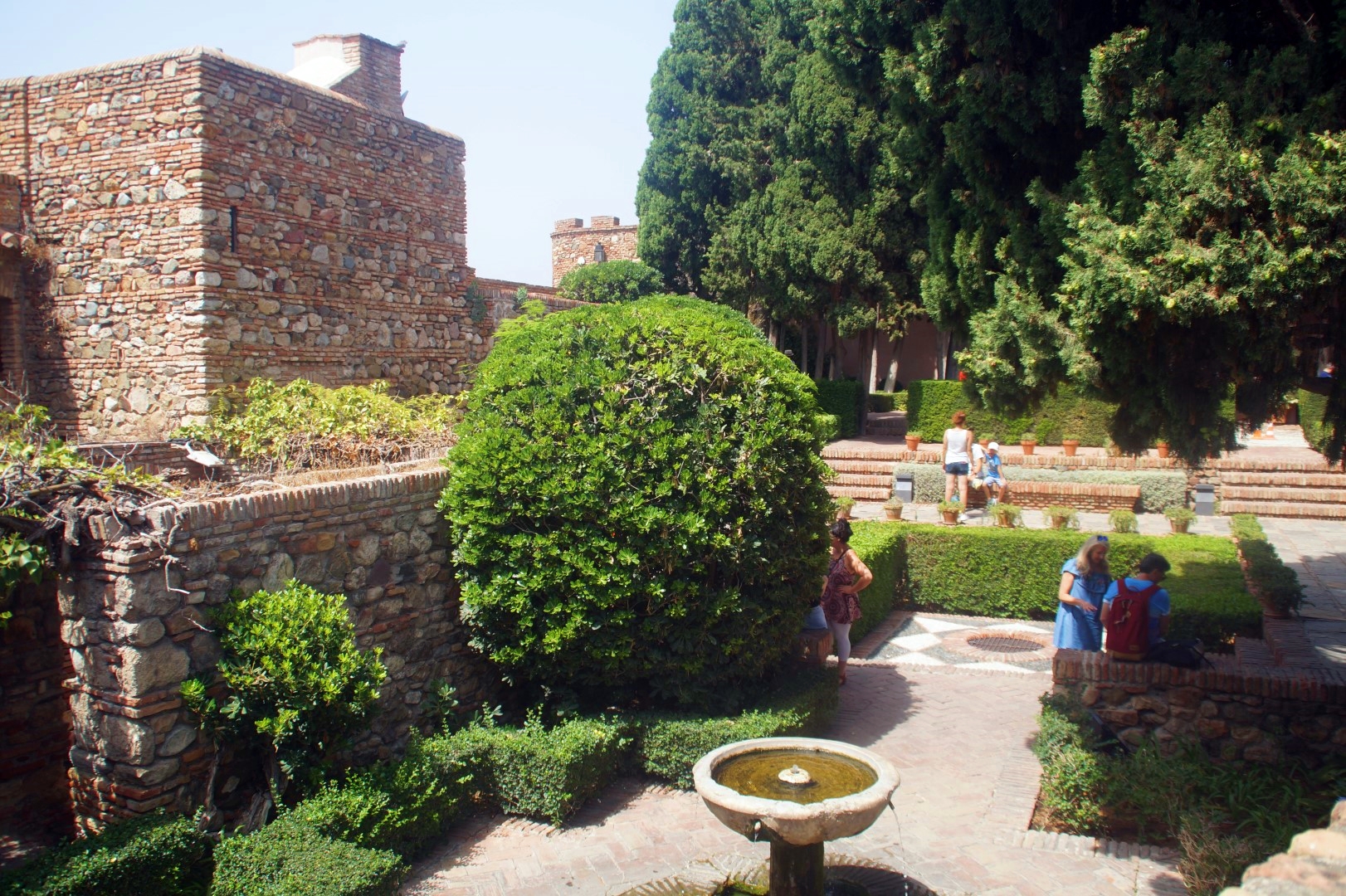



Close to the entrance to the Alcazaba are the remnants of a Roman theatre, dating to the 1st century BC. Unfortunately, it was severely destroyed during the construction of the Alcazaba, as materials were reused for the fortress.

My favourite thing about Málaga was its beautiful cathedral. This Roman Catholic church was constructed between 1528 and 1782 in the Renaissance architectural style. The exterior is grand, but the interior is the real gem of the building with its many beautiful stained glass windows, altarpieces, sculptures and paintings.
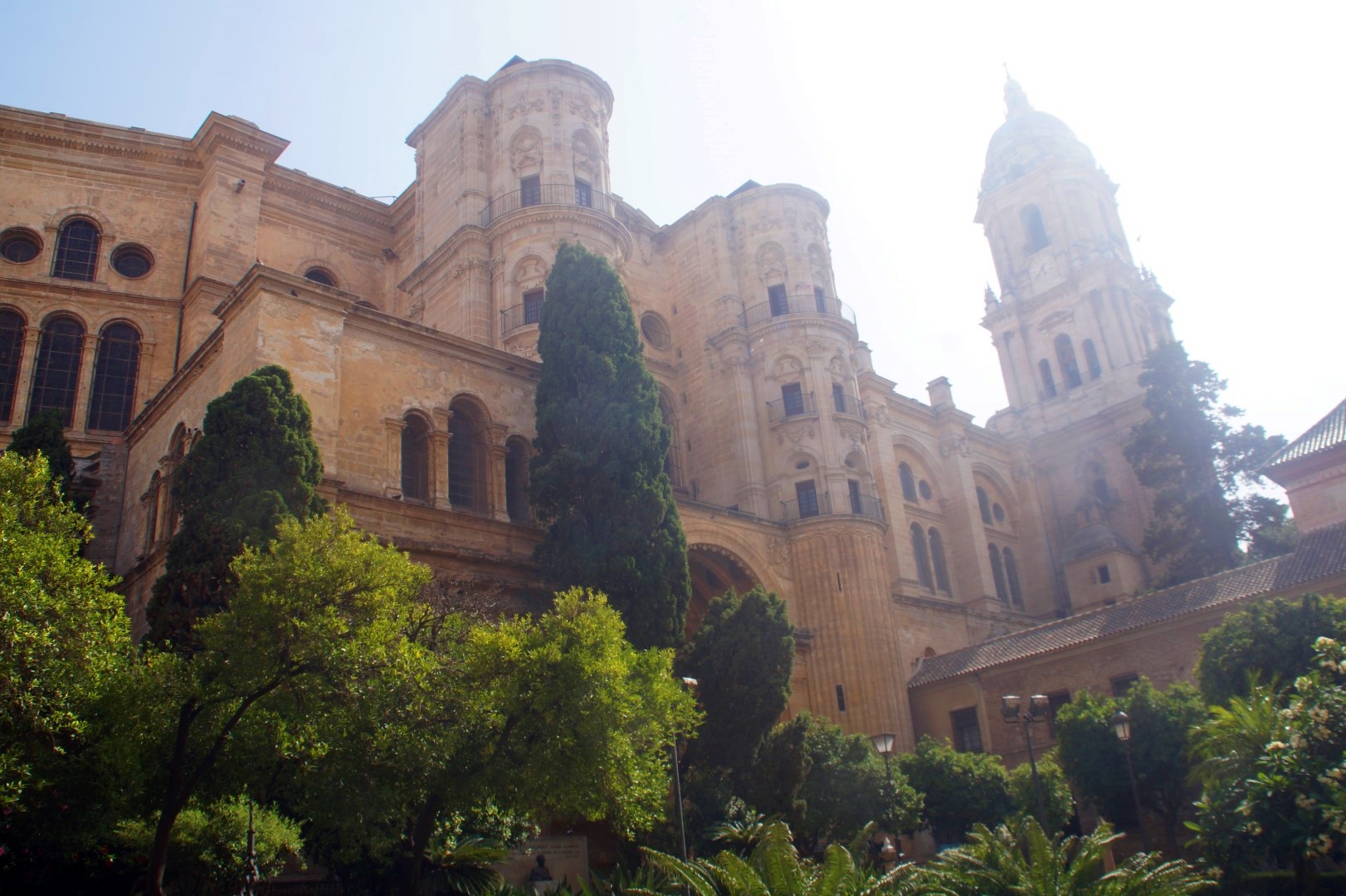
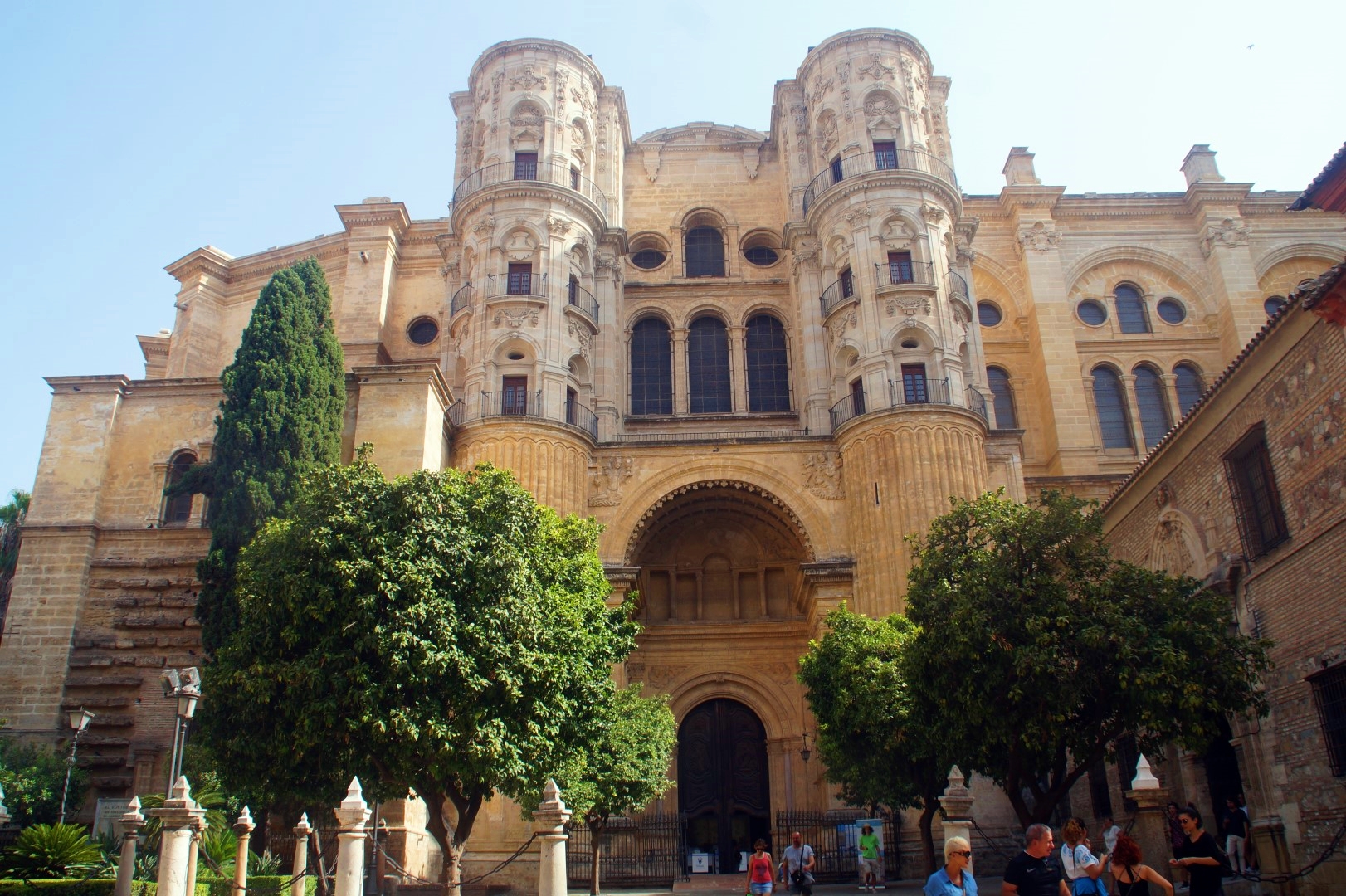

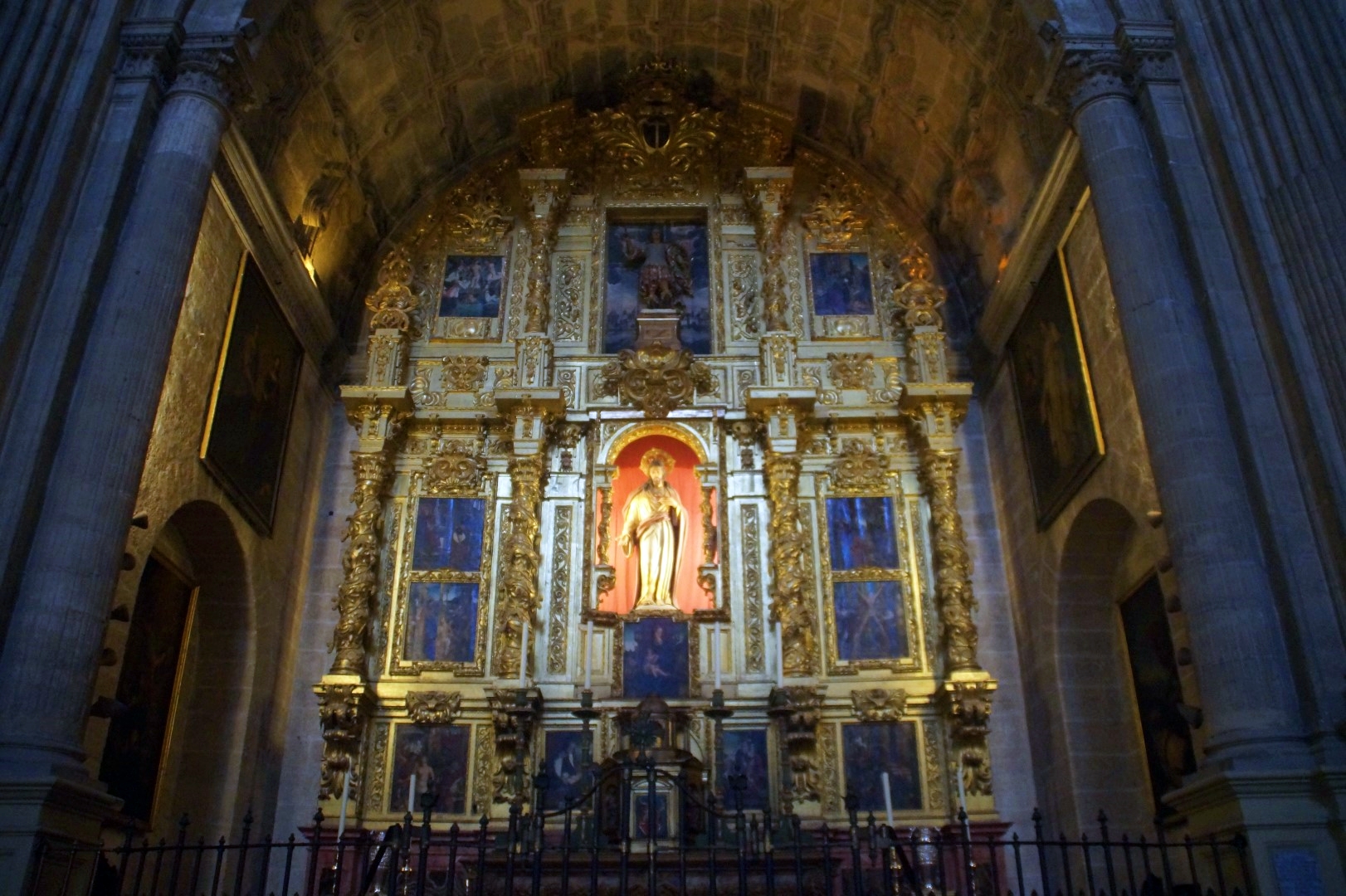
The visit to the cathedral marked the end of my sightseeing day in Málaga, and the rest of my time there was spent chilling in the center and looking in shops.
To be honest, I don’t really understand the hype that Málaga gets. The castle, the Alcazaba and the cathedral are nice, but that’s about it. The shopping streets are nothing special, the beach is overcrowded and there isn’t really that much to do in the city. So WHY is Málaga so popular? Did I miss something? I’m beginning to think I did, or maybe it’s just because I was never in the vacation mindset.
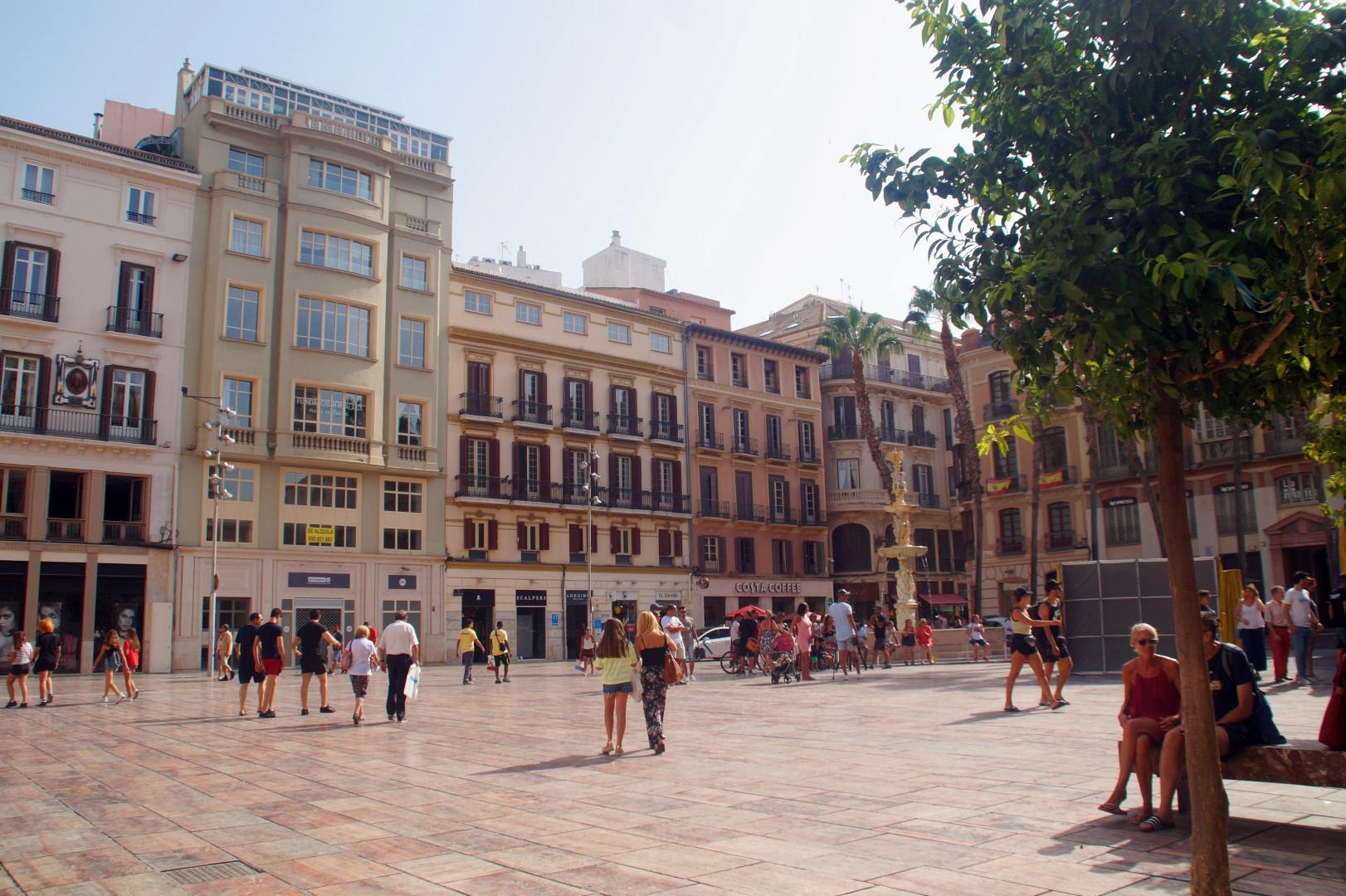

I spent the evening eating my dinner in the park, before heading to the ferry terminal to catch my night ferry to Melilla.
After spending an entire day surrounded by thousands of vacationers (and so many other Danes!), it was nice to board the ferry to Melilla, where I was seemingly the only non-local. I was off to a much lesser known part of Spain!
Leave a Comment
Pingback: Inside Melilla, Europe’s last frontier in North Africa – Northtrotter on 11/11/2019
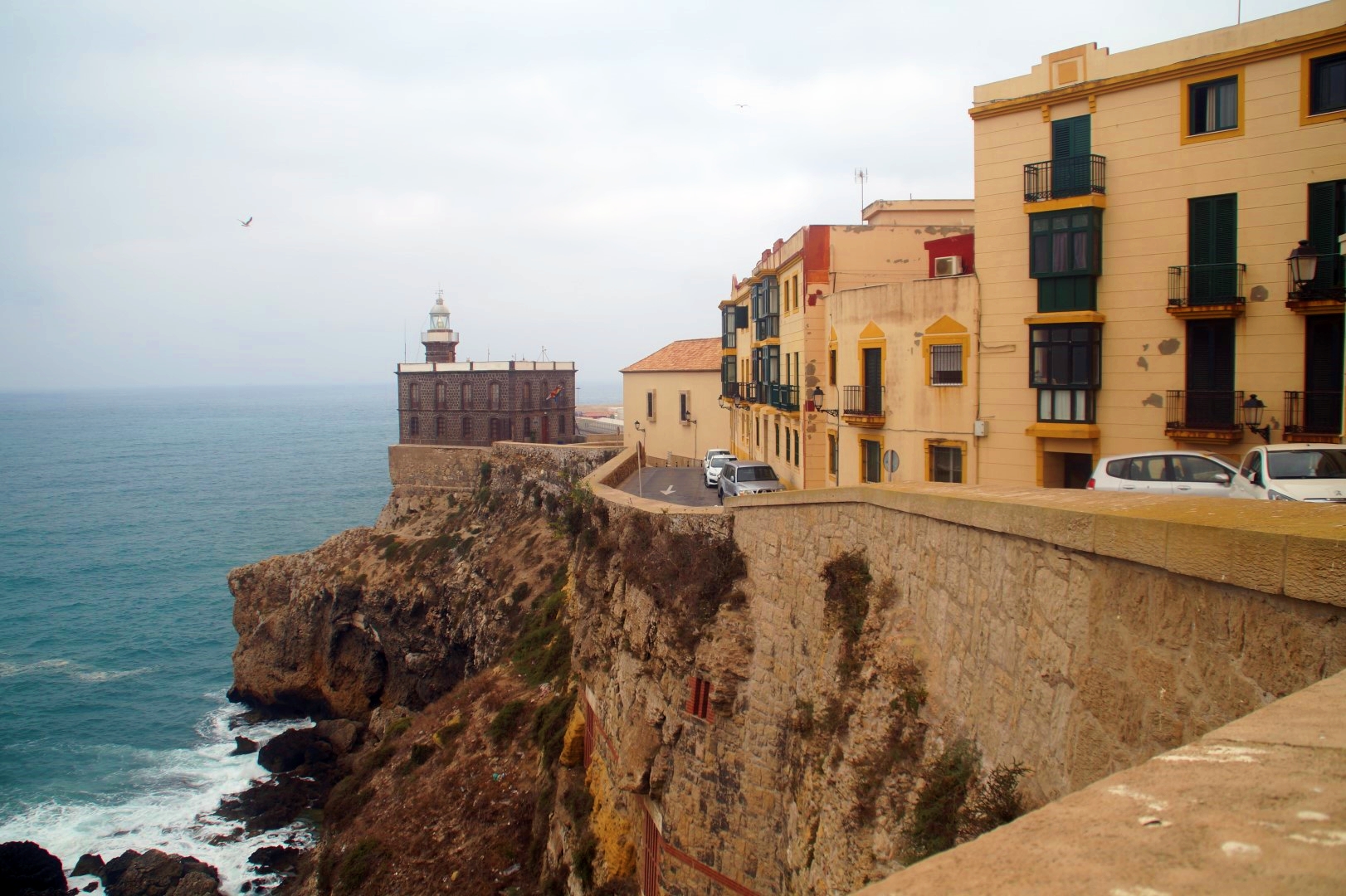
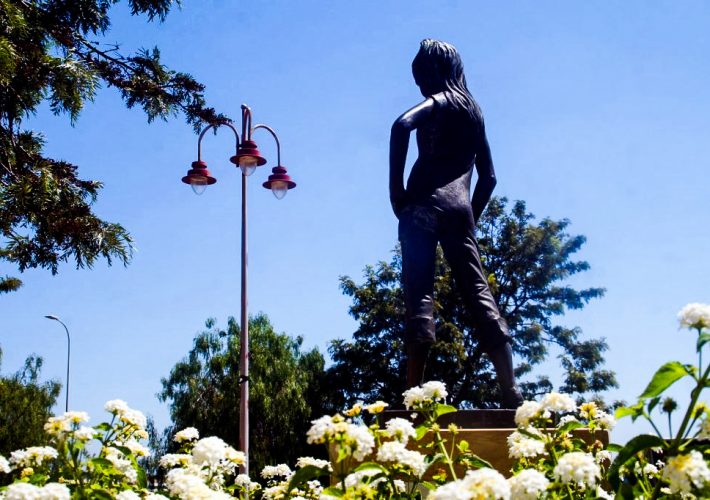


1 COMMENT